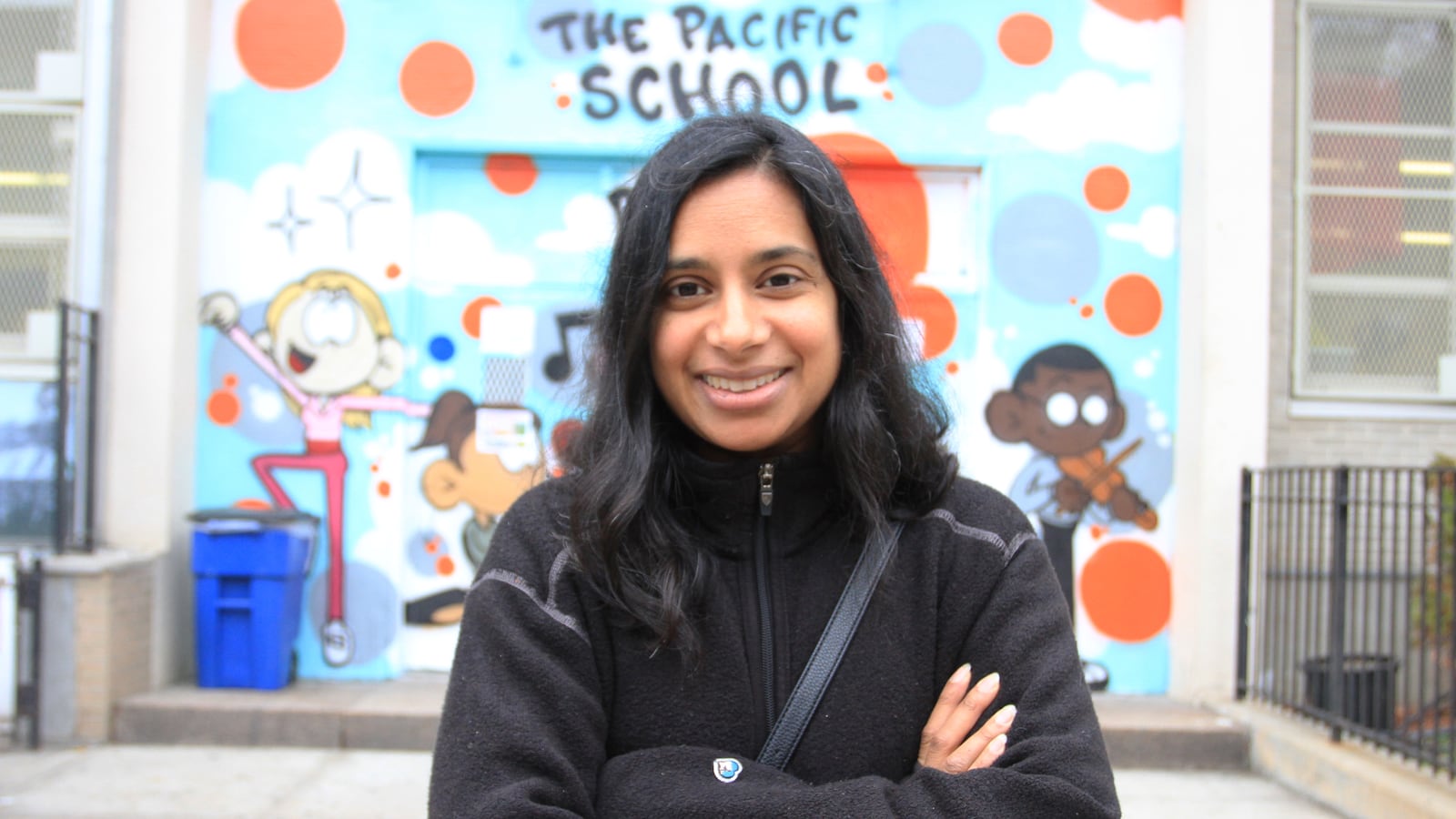Mishi Faruqee is in a bind that many middle-class New York City parents find themselves in: she wants a diverse educational environment for her children, but has found that tracking down a top-rated school with a mix of students from different backgrounds is easier said than done.
Like many parents, she ultimately decided to send her son and daugher — who are in sixth grade and kindergarten, respectively — to the highest-performing schools in her district where she could nab seats. In Faruqee’s case, that meant opting out of her zoned elementary school in favor of gifted and talented programs at schools in the neighboring District 15, one of which is just blocks from her home.
Her choice isn’t unusual. New maps created by the New School’s Center for New York City Affairs show that many schools have less of a demographic mix than their surrounding neighborhoods — even in gentrifying areas with residents of different races and income levels.
Considering the important role that parents can play in integrating one of the nation’s most segregated school districts, Faruqee said she wished there were more diverse schools to choose from. So she asked Chalkbeat to investigate: Which schools reflect the city’s diversity? And how do they do it?
After earning the most votes in a public voting round, Chalkbeat is taking on Faruqee’s question as part of our Raise Your Hand series, which turns reader-submitted questions into stories.
Faruqee, who is South Asian, and her husband, who is black, have lived in Fort Greene for the past 15 years. Like many parents in gentrifying areas, they said their ideal school would be strong academically with a student body that reflects their neighborhood’s diversity.
“I would never consider a private school where it’s really overwhelmingly white. We just wouldn’t want our son to be in that kind of school,” Faruqee said. “But, obviously, we were also looking for a high-quality middle school, too.”
They landed on the selective M.S. 447 The Math and Science Exploratory School for their son. While Faruqee said she has been “thrilled” with the school, it also enrolls more white and affluent students than District 15 as a whole. (About half of M.S. 447 students were white and only one-fifth were low-income last year, compared to 27 percent white and more than two-thirds low-income across the district.)
This choice between school performance and diversity flared up recently with a pair of contentious rezoning proposals in Brooklyn’s DUMBO neighborhood and on the Upper West Side, which would send some families at high-performing schools to ones with weaker academics but also more students of color. Although the moves would have spurred more integration, many parents at the higher-achieving schools resisted.
“I would like to think that if we were rezoned for a school that is something we would consider doing,” Faruqee said, “but I also don’t fault parents for wanting their kids to go to the best schools.”
Have suggestions of schools where the student population reflects the city’s economic and racial diversity? Send tips to Chalkbeat’s community editor Stephanie Snyder at ssnyder@chalkbeat.org. And keep submitting your own questions — they could turn into our next Raise Your Hand investigation.
Correction: This article has been updated to clarify that the school Faruqee sent her daughter to was the closest school to her home, though not her zoned school.

